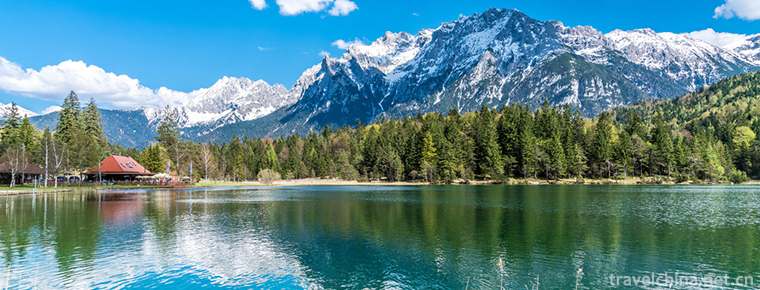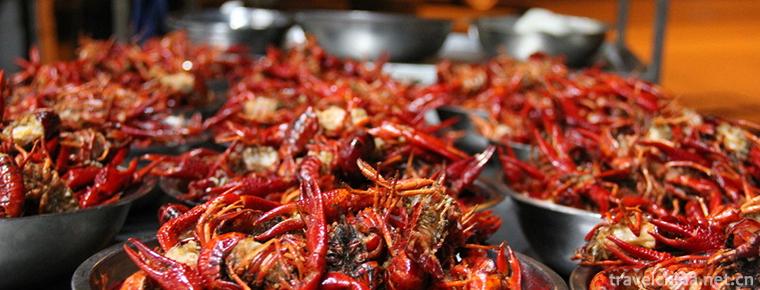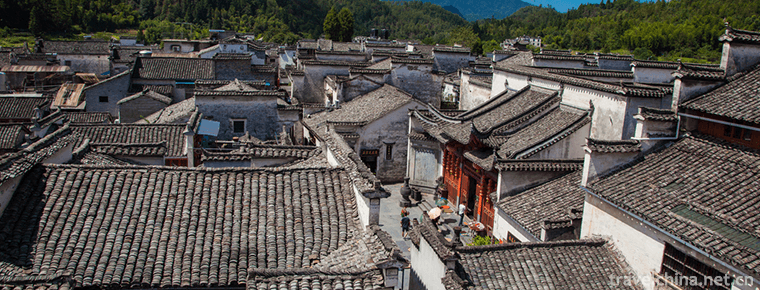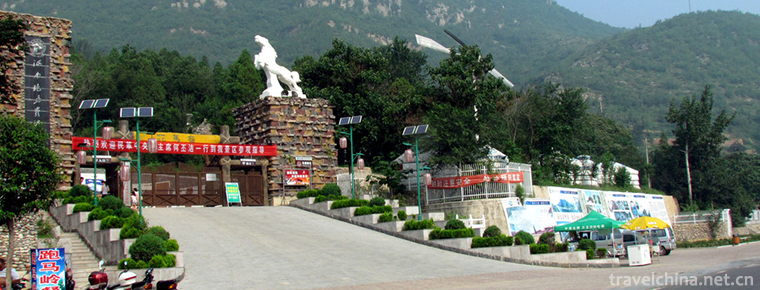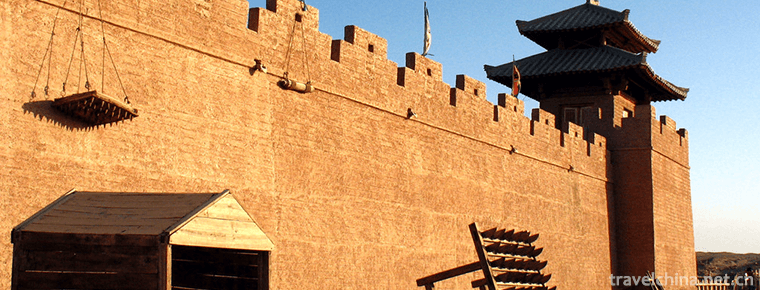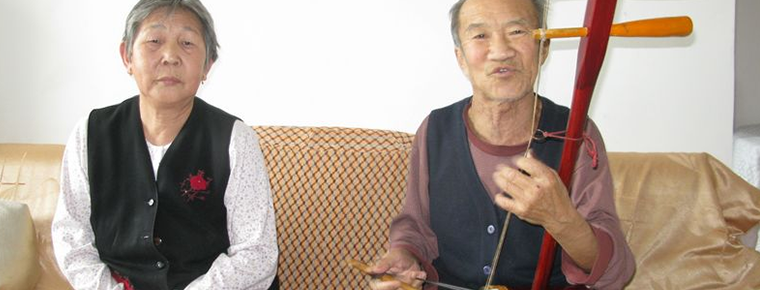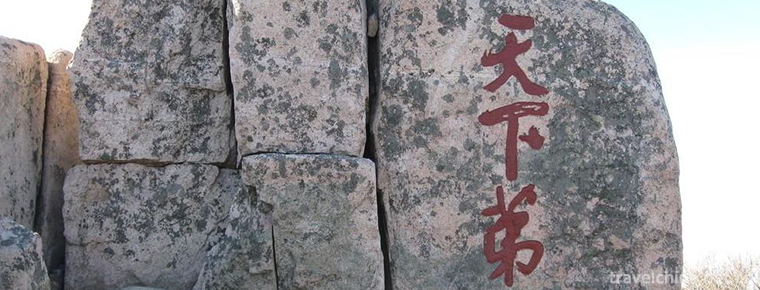Luzhou natural resources
Luzhou natural resources
Water resources in Luzhou
The total amount of water resources in Luzhou is 6.657 billion cubic meters per year. The groundwater reserves are rich, reaching 1.065 billion cubic meters per year, among which Xuyong and Gulin counties in the south are the richest. The structural fissure water in the south of the Yangtze River is abundant, and the fissure water in the weathering zone to the north of the Yangtze River is poor. The exploitation of groundwater is 325 million cubic meters per year. In addition to Tuojiang River, the rest of the medium and small rivers have steep riverbed and concentrated drop. In addition to abundant rainfall, the average annual runoff is 6.657 billion cubic meters, which provides rich water resources for the construction of hydropower stations. The theoretical water energy reserves in Luzhou are 630000 kW. Chishui River and Yongning River Basin account for 3 / 4 of the city's water energy; Chishui River's exploitable capacity accounts for more than 1 / 2 of the city's exploitable capacity.
Animal resources in Luzhou
There are 214 species of wild animals in Luzhou, belonging to 25 orders and 65 families. There are two species of national first-class protected animals: Leopard (also known as leopard, leopard, Wenbao, Felidae), and has been found in Hejiang, Xuyong, Gulin and other places. Clouded leopard (Felidae) Gulin and Xuyong have been found, belonging to 28 species of national second-class protected animals. The river is deep and the valley is steep. The Yangtze River runs through the territory from west to East. Tuojiang River, Yongning River, Chishui River, Laixi River and Longxi River are interwoven into a network, which contains rich fish biological resources. There are nearly 500 species of aquatic animals and plants in the natural waters, including 169 species of freshwater fish. There are 32 species of Endemic Fishes in the upper reaches of the Yangtze River, and there are 3 National Grade I protected species: Chinese sturgeon, Acipenser dabryi and Acipenser Acipenser. There are 4 national grade II protected varieties and 12 provincial key protected varieties. Luzhou Yangtze River 133 km and its first tributaries Tuojiang River, Yongning River and Chishui River are the National Nature Reserve of rare and Endemic Fishes in the Yangtze River.
Plant resources in Luzhou
There are 5950 species of higher plants belonging to 813 genera and 520 families in Luzhou, including 6 national first-class protected plants and 24 second-class protected plants. The first class protected tree species are metasequoia and Taxodiaceae. Since 1960, it has been cultivated in all districts and counties of the city. Davidia involucrata, Davidia involucrata family, in Luzhou, the number is small, mainly distributed in Fubao forest area of Hejiang County, and Huangjing forest area of Gulin. Taxus chinensis var. mairei, Taxaceae, distributed in Hejiang, Xuyong and Gulin mountain areas. Ginkgo biloba, also known as ginkgo and duck feet, is cultivated in all districts and counties of Luzhou. Cycas formosana, also known as cycadae, was transplanted into Luzhou as ornamental plants. They are mainly distributed in Hejiang and Gulin. The total forest area of the city is 29857 million cubic meters, with a forest coverage rate of 497 million cubic meters. There are 46 species of rare plants, such as Davidia involucrata, Metasequoia glyptostroboides, cyathela spinulosa, Cephalotaxus fortunei, Lianxiang tree and xiangguoshu. There are 1444 kinds of Chinese medicinal materials, such as Gastrodia elata, Galla chinensis, bergamot, Phellodendron amurense, Eucommia ulmoides and benzoin. The name of "double petal" is "double petal" and "Cymbidium" and "Cymbidium".
Mineral resources in Luzhou
Luzhou is rich in mineral resources and various kinds of minerals because of its complex geological structure and various sedimentary rocks. The proven minerals include coal, oil, natural gas, pyrite, iron, copper, gold, refractory clay, solvent dolomite, limestone for cement, kaolin, phosphorus, sand for glass, gypsum, marble and calcite. Among them, the reserves of coal, pyrite and natural gas are rich. There are 17 large-scale deposits, 11 medium-sized deposits, 24 small-sized deposits and 44 ore occurrences. There are 4 subclasses and 9 kinds of metal minerals. Among them, siderite, hematite and limonite are three kinds of ferrous metals. There are three kinds of nonferrous metals: copper, lead and bauxite. Gold is one of the precious metals. Uranium and gallium are two kinds of radioactive and scattered element minerals. Among the nonmetallic minerals, there are 5 kinds of chemical nonmetallic minerals, including pyrite, phosphorite, rock salt, feldspar sandstone and potassium bearing sandstone, 2 kinds of metallurgical non-metallic minerals, 2 kinds of refractory clay and cast sandstone, 10 kinds of building materials non-metallic minerals, including limestone, marble, dolomite, calcite, gypsum, kaolin, bentonite, cement clay, quartz sandstone and siltstone, and gem nonmetallic ore subtype There are five kinds of agate, jade, white gem, colored stone and hollow stone. In the energy and mineral resources category, there are 2 kinds of coal mine subclass, including bituminous coal and anthracite, 1 oil subclass and 1 natural gas subclass.
Population of Luzhou
Registered residence registration of registered residence of Luzhou city was 1 million 575 thousand and 900 households, and the total household registration population was 5 million 85 thousand and 400. By the end of 2019, the population of the village was 2 million 983 thousand and 300, the urban population was 2 million 102 thousand, and the registered residence population urbanization rate was 41.33%. There are 1 million 523 thousand and 600 registered population in the municipal area, including 1 million 187 thousand and 900 urban residents and 335 thousand and 700 rural population. There are 4.3294 million permanent residents, including 2078400 rural residents and 2.251 million urban residents. The urbanization rate of permanent residents is 52.00%, 1.54 percentage points higher than that in 2018. There are 1.50400 permanent residents in the municipal area, including 1131700 urban population and 368700 rural population. In 2019, there will be 21400 immigrants and 33700 emigrants in Luzhou. There are 48 ethnic groups in Luzhou, with a population of 131000. The city has 2 minority areas, 8 ethnic townships and 342 ethnic villages.

Luzhou natural resources
-
Changbai Mountains
Changbai Mountains are the birthplace of the Yalu River, Songhua River and Tumen river. It is the birthplace of Chinese Manchu and the sacred mountain of Manchu culture
Views: 236 Time 2018-10-30 -
taste shrimp
Taste shrimp, also known as spicy crayfish, Changsha taste shrimp, spicy crayfish and so on, is a well-known traditional snack in Hunan Province
Views: 231 Time 2018-11-14 -
Ancient Huizhou Cultural Tourism Zone
Huangshan Ancient Huizhou Cultural Tourist Area is located in Huangshan City, Anhui Province, north of Huangshan Mountain, south of Qiandao Lake
Views: 193 Time 2018-12-08 -
Rushan Yintan Tourist Resort
Yintan Tourist Resort is located on the southeast coast of Rushan City, Weihai, Shandong Province. It connects Weihai to the east, Yantai to the north, Qingdao to the West and Huanghai to the south
Views: 127 Time 2018-12-22 -
Jinan Paomaling Tourist Area
Shandong Paomaling Scenic Area is located in the southeast of Jinan City, south of the famous mountain in China - Mount Tai, north of the cradle of the Chinese nation
Views: 152 Time 2019-01-21 -
Yumen Pass Yumenguan
Yumenguan was named after Emperor Wudi of Han Dynasty when he opened the Western Regions Road and set up four counties in Hexi. The Han Dynasty was a gateway to all parts of the Western Regions.
Views: 622 Time 2019-03-06 -
Daur Uqin
Daur Uqin, also known as "Wuchun", is a form of Daur folk art storytelling. It forms and prevails in Meilis Daur, Fulaerji, Fuyu and Longjiang counties of Qiqihar City, Heilongjiang Province
Views: 195 Time 2019-04-22 -
Legend of Mount Tai
Taishan legend is one of the folk legends in Shandong Province. According to legend, the history of the Theocracy of Taishan God in charge of life and death can be traced back to the pre-Qin period. A
Views: 232 Time 2019-06-18 -
Time and reason of Ding Zhen popularity
Ding zhenhuo, a 20-year-old Tibetan Boy from Ganzi, Sichuan Province, was caught up in a short video of less than 10 seconds. The uploader of the video and the photographer "BOGO" who shot Ding Zhen also attracted netizens' attention. Talking about his first impression of Ding Zhen
Views: 291 Time 2020-12-06 -
Deyang tertiary industry
In 2018, the annual real estate development investment in Deyang City was 14.98 billion yuan, an increase of 42.6% over the previous year. The construction area of commercial housing was 15.827 million square meters, an increase of 24.9%; the completed area
Views: 358 Time 2020-12-14 -
Nanchong landform
Nanchong terrain inclines from north to south, with an altitude of 256-888.8 meters. The main geomorphic types are hills, and 1 / 3 of them are high hills and low mountains, middle hills and valleys, and low hills and dams. The geomorphic types of the whole city
Views: 343 Time 2020-12-17 -
Nanchong economy
In 2019, Nanchong's GDP will reach 232.222 billion yuan, an increase of 8.0% over that of 2018. Among them, the added value of the primary industry was 40.425 billion yuan, an increase of 2.9% over 2018; the added value of the secondary industry was
Views: 357 Time 2020-12-17
